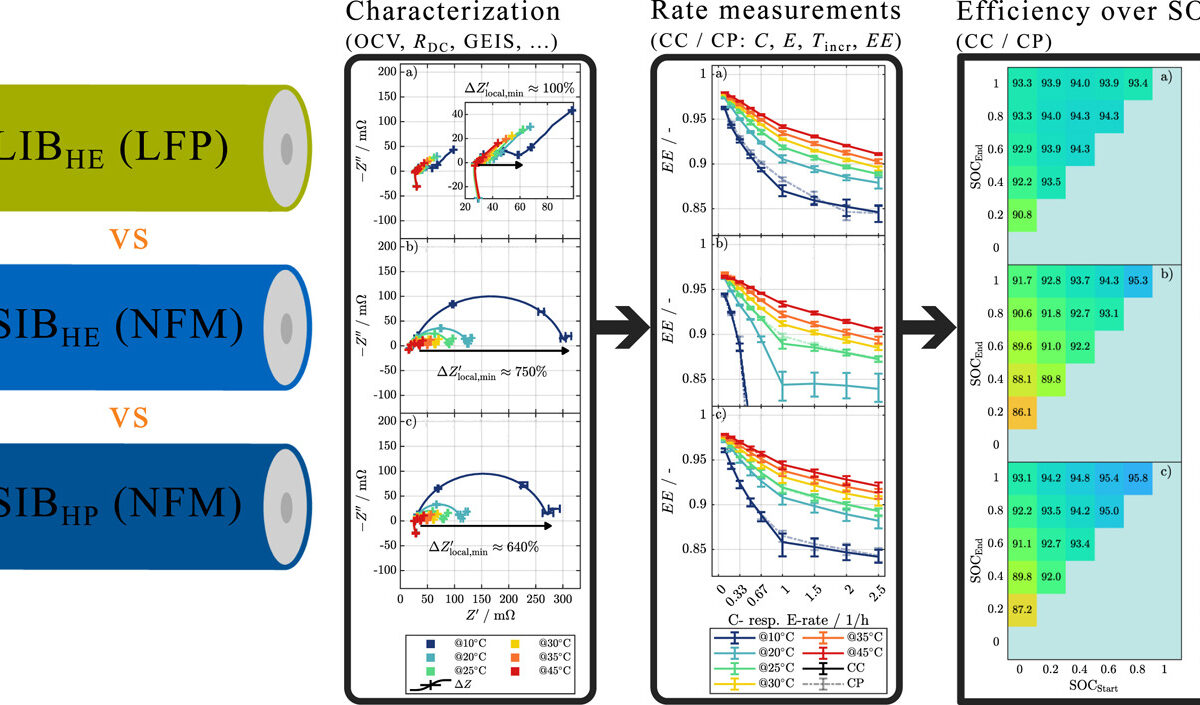Researchers from the Massachusetts Institute of Technology (MIT) and the University of Virginia are planning to use acenes to develop the so-called singlet fission solar cells.
Acenes are benzene molecules with unique optoelectronic properties. They are polycyclic aromatic hydrocarbons made up of benzene (C6H6) rings which have been linearly fused.
Singlet exciton fission is an effect seen in certain materials whereby a single photon can generate two electron-hole pairs as it is absorbed into a solar cell rather than the usual one. The effect has been observed by scientists as far back as the 1970s and though it has become an important area of research for some of the world’s leading institutes over the past decade; translating the effect into a viable solar cell has proved complex.
Singlet fission solar cells can produce two electrons from one photon, making the cell more efficient. This happens through a quantum mechanical process where one singlet exciton (an electron-hole pair) is split into two triplet excitons. According to the researchers, acenes have the potential to display improved quantum yields in this process.
The research team developed a new synthesis method to stabilize acenes. The new approach consists of adding carbodicarbenes ligands to acenes that are already doped with boron and nitrogen. The scientists explained that acenes doped with these compounds have improved electronic properties. However, they are unstable when exposed to air or light, just like traditional acenes.
“With the addition of the new ligand, the acenes became positively charged, which improved their stability and also gave them unique electronic properties,” they explained.
Until now, most of the boron, nitrogen-doped acenes could emit only blue light. However, with their stabilization, the scientists could produce different colors. Depending on their length and types of chemical groups attached to the carbodicarben, they managed to build molecules that emit red, orange, yellow, green, or blue light.
“We're still in the very early stages of developing the specific applications, whether it's organic semiconductors, light-emitting devices, or singlet-fission-based solar cells, but due to their stability, the device fabrication should be much smoother than typical for these kinds of compounds,” the research team stated, noting that red emission, for example, can be used for biological applications like imaging.
Another potential application is to use the compounds as organic light-emitting diodes for screens.
The academics presented their findings in the study “Air- and photo-stable luminescent carbodicarbene-azaboraacenium ions,” published in nature chemistry.
In 2019, an MIT research group demonstrated how singlet exciton fission could be applied to silicon solar cells and could lead to cell efficiencies as high as 35%. They claimed to be the first group to transfer the effect from one of the ‘excitonic’ materials known to exhibit it, in that case tetracene – a hydrocarbon organic semiconductor, into crystalline silicon. They achieved the feat by placing an additional layer just a few atoms thick of hafnium oxynitride between the silicon solar cell and the excitonic tetracene layer.
The MIT researchers described their work as “turbocharging” silicon solar cells and said it differs from the most common approaches to increasing solar cell efficiencies, which these days are focused more on tandem cell concepts. “We’re adding more current into the silicon as opposed to making two cells,” they stated at the time.
This content is protected by copyright and may not be reused. If you want to cooperate with us and would like to reuse some of our content, please contact: editors@pv-magazine.com.



1 comment
By submitting this form you agree to pv magazine using your data for the purposes of publishing your comment.
Your personal data will only be disclosed or otherwise transmitted to third parties for the purposes of spam filtering or if this is necessary for technical maintenance of the website. Any other transfer to third parties will not take place unless this is justified on the basis of applicable data protection regulations or if pv magazine is legally obliged to do so.
You may revoke this consent at any time with effect for the future, in which case your personal data will be deleted immediately. Otherwise, your data will be deleted if pv magazine has processed your request or the purpose of data storage is fulfilled.
Further information on data privacy can be found in our Data Protection Policy.